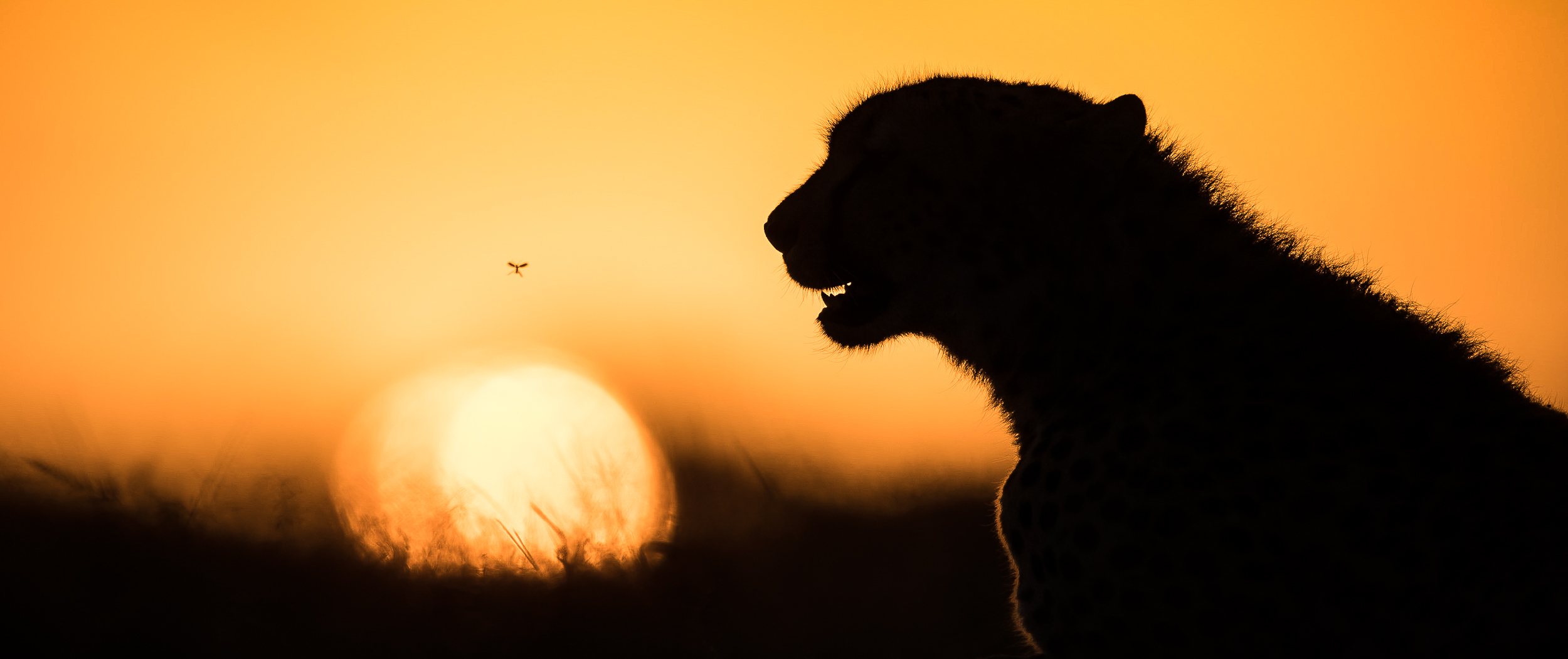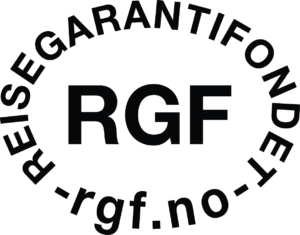The beginning
Oltepesi Tented Safari Camp was established in 2017, but the story goes way back. For many years before, I had visited the Maasai Mara in Kenya. There I met John Siololo, also known as “Big John”. At the time, he was employed at another camp.
I quickly understood that John was a very skilled guide. He was Maasai, raised in the Maasai Mara and knew the area like the back of his hand. He was also very interested in photography. Every time I was in the Maasai Mara I booked him.
When you spend hundreds of hours together over many years, you get to know each other well. I learned that I could trust John, and we became close friends. And with the same values at the bottom, we started toying with the idea of starting our own camp – specialized for nature and wildlife photographers. We had many conversations about this, and our friend and guide, Johnmark, participated with valuable input. We should focus on photography only. We should have the best guides and cars, and not spend money and charge our guests for expensive frills such as fashionable furniture, white tablecloths, stiff waiters in uniforms, bars and swimming pools… After all, nature and wildlife photographers don’t go on safari to the Maasai Mara to be in the camp regardless.
Instead, we would offer full-day safaris of 13-14 hours. From before sunrise till after sunset. Weekday. Thus, you should get the most out of your stay in terms of photography. And we should offer guides who understand the importance of the right positioning of the vehicle and nature photography, actively seek backlighting, and understand that changing the position of the car one meter forward or back can make all the difference for the photographer. And not least we should offer specially built cars. On my many trips to East Africa, I had for many years been annoyed by hopelessly high safari vehicles that were not suitable for wildlife photography. When you also have to share the car with “ordinary tourists” who lack patience, or when the guide is required to drive as little as possible to save fuel or doesn’t understand the importance of catching the soft morning and evening light, then it becomes difficult to do serious nature and wildlife photography…
Our first safari vehicle and tent
Then, one day, we decided to go to Nairobi to buy a car. There, we found a Toyota Landcruiser 4WD Long Edition. The model year was unknown, but the registration number indicated it was not brand new… But it was in good condition, and it became our first Landcruiser. The first thing we did was rebuild it the way I had always wanted. Finally, a safari car with low frames, no vertical bars, no windows, the possibility of a low photography perspective, a large pop-up roof and seats that could be removed.
This was in 2016. I then stayed at John and his family’s house when I was in the Maasai Mara, and he took time off when I came so that we could go on safari in the specially built safari vehicle.
After a while, we bought a safari tent with a private bathroom and electricity and set it up in Oltepesi Village. It was advantageous because John owned the property there, so we didn’t have to rent land. The location was also good, with a five-minute drive to the reserve and no gates with guards that we had to pass. Thus, we could go out long before sunrise and return after sunset, which is perfect for nature photography.
The establishing
I regularly posted pictures from the Maasai Mara and talked about the safari project in my personal network, and received a very good response. It was so good, in fact, that we decided to take a serious gamble. So, in 2017, John quit his job, and we established Oltepesi Tented Safari Camp. The guests didn’t keep us waiting, and first-rate images and feedback were the best marketing we could get! The photo camp quickly became known in nature photography circles at home and abroad, and prize-winning photos taken on safari with Oltepesi were constantly published. Already after the first year, more than a hundred nature photography enthusiasts and professional photographers had visited Oltepesi, and we had expanded from one to four guest tents and bought car no. 2.
2019 was another good year before Covid hit us in March 2020. I just managed to leave Kenya on the last flight before the country was closed to tourists. The camp naturally had to close as well, but we decided that all our employees would be paid as usual for as long as the pandemic lasted. In Kenya, this is not a matter of course, quite the opposite, and combined with an absent financial safety net, this was naturally greatly appreciated. At the same time, it felt completely right to do it this way, and we also wanted to keep our good employees.
In the autumn of 2020, we slowly returned to normal work. Since then, we have expanded gradually, building stone by stone.
Oltepesi as of today
In 2025, seven years since its founding, the camp has a size that makes operational sense and gives us enough capacity and flexibility. Oltepesi now offers 20 spacious double/twin guest tents, a big restaurant boma, a lounge, kitchen facilities, and accommodation facilities for the employees.
The cars from the first years have been replaced. The new fleet now consists of five specially modified Toyota Landcruisers (Long Edition), four of which were purchased in 2024. In total, we employ around 20 employees who make up a highly skilled team of guides, kitchen staff, waiters, room staff, mechanics and guards. All are local Maasai, and on an annual basis, they welcome around 100 groups to Oltepesi per year. This amounts to approximately 3,000 guest nights, and it is nice to see that over 45 different nationalities have now written their greetings in our guest book.
Most of our guests become regular customers who return year after year, some even several times a year. We are very grateful for that. These are skilled nature photography enthusiasts from all over the world. We also collaborate well with professional photographers who bring groups to Oltepesi. Everyone becomes our friend, and we all share the same enthusiasm for the amazing wildlife of the Maasai Mara. This also includes the desire to take care of Mara for the future.
Ecotourism, environmental protection and local communities
Our primary focus is to offer our guests the best opportunities for nature and wildlife photography. In addition, we are concerned with environmental protection and supporting the local community in the Maasai Mara. We do this by offering clean water to surrounding villages from Oltepesi’s well, offering eye health services through collaboration with Right To Sight, and supporting the local primary school Kag Olare Owang Academy. We also support classic conservation projects, including Remembering Wildlife, Colobus Conservation, and others. All this is in line with our desire to promote sustainable tourism. We believe that a prerequisite for successful environmental protection is that it must pay off financially for the local community to take care of nature and wildlife, as it does here in the Maasai Mara. You can read more about this at https://oltepesi.com/conservation/.
About the name and the logo
In the Maasai language, “Oltepesi” translates to “Acacia tree” and is also the name of the village where our camp is located. Thus, it was clear that naming the camp after this term was fitting. Additionally, John’s favourite big cat has always been the cheetah, which is also one of my top choices. I, therefore, began to explore the concept of featuring the cheetah in our logo. Interestingly, during our first guided trip with guests in 2017, I captured an image of a cheetah at sunset alongside an insect. With the help of a good friend who is a skilled graphic designer, we collaborated to create our logo based on the photograph featured in this article.
5-minute info video
You can watch this 5-minute video for more information about Oltepesi Tented Safari Camp and Maasai Mara.


